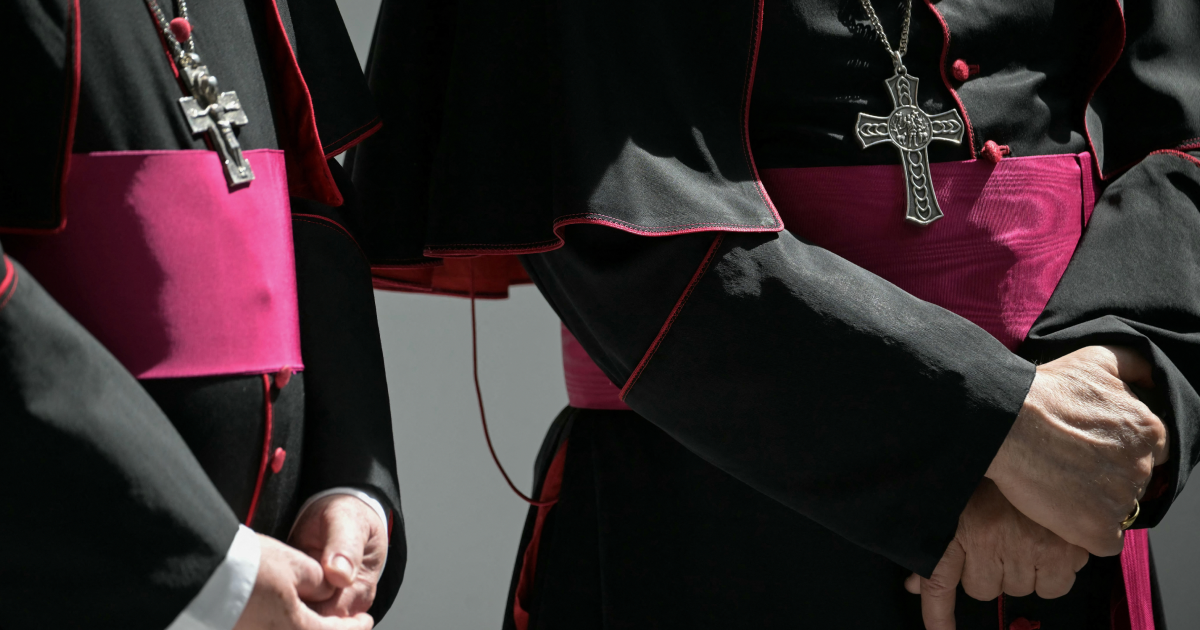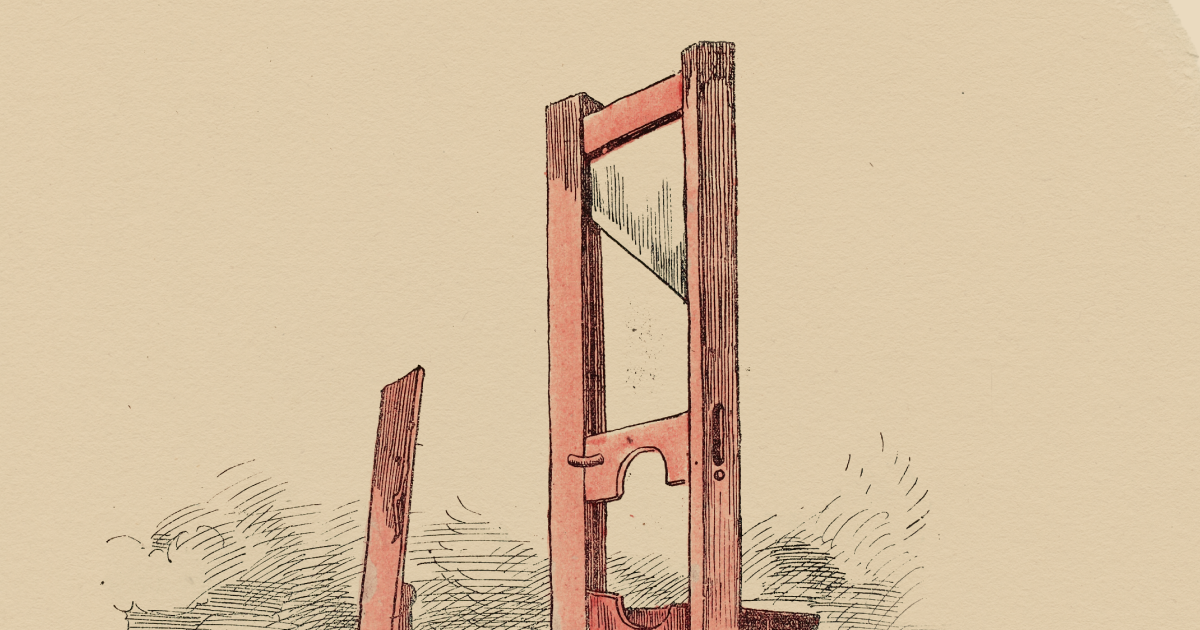Halloween is the traditional English name for a festival found across northern Europe to mark the beginning of winter. It has many local names: in the British Isles alone it was known to Gaelic speakers as Samhain (summer’s rest), to the Welsh as Calan Gaeaf (winter’s opening), to the Anglo-Saxons as Blod-monath (blood month, from the autumn livestock slaughter), and to the Norse settlers as Vetrnaetr (the winter nights). It seems always to have had a profound double aspect.
On the one hand, it was a time of reunion, celebration, plenty, and the end of hard work. The crops were all gathered and processed, the fishing and trading fleets laid up, the livestock driven back from the summer pastures, and the fighting season over. The beer and cider were made, there was abundant fresh meat from the annual slaughter, and everybody was home: farmers, warriors, fishers, traders, pilgrims, and herders. It was a prime moment for enjoyment of profit and produce, comparing experiences, learning lessons, vaunting victories, and remaking community before settling into the long winter rest. Above all, it was a time for feasting, games, and festivity. In later and more stratified communities, the poorer members would visit the homes of the richer to entertain them with songs, plays, and dances, earning food and drink (and later money) for their own celebrations.
On the other hand, a deep shadow lay over it, as it ushered in the most constricted, inconvenient, depressing, and lethal season of the year: winter. At best, in past centuries this would bring boredom, claustrophobia, cold, mud, darkness, and a lack of fresh food. At worst, it offered death by famine, hypothermia, or respiratory infections. The medieval Catholic Church responded, between the 10th and 11th centuries, by instituting its major annual feast to honour and aid the dead: the twin days of All Saints and All Souls. On these the living could pray to reduce the suffering of those in purgatory, speed them to heaven, and ring church bells after nightfall to soothe them. In some regions they visited the family graves. When Protestantism abolished these customs in England, people substituted a new festival to cheer the coming of winter in the form of Guy Fawkes Night.
Folk culture, however, in England as elsewhere, had long embodied its own, older and parallel reactions to the menace of the season, observed by all northern Christian cultures. These persisted where the Reformation ended official rites on behalf of the dead. It was a great time for divination in earlier times, to foretell who would die in the coming winter, and in later and safer periods, whom young people would marry. People dressed as representations of darkness, cold, and death, mocking them to reduce fear. This was all the more necessary because dangerous beings and spirits were widely believed to emerge at this time with exceptional power, claiming the world outside human habitation at nightfall. The Irish and the Gaelic Scots feared fairies (the sidhe or sithean), the Northern Islanders feared trolls, the Welsh white ladies and black pigs, and the English witches.
In the modern world, many traditional Roman Catholic societies retain a devotion to their beloved dead at this time. The Mexican Day of the Dead is the most spectacular contemporary manifestation. The Anglican Communion still celebrates All Saints. More generally, and across Christian confessional boundaries, Halloween has become associated with secular celebration, as a time for parties, especially with a dark and ghoulish theme.
The birthplace of this modern aspect of the old festival has been America, to which large-scale Irish immigration in the 19th century carried the observation of Samhain and the Catholic remembering of the dead. The United States added the formalisation of the traditional door-to-door solicitation of gifts as trick-or-treat, and the use of pumpkin lanterns — larger versions of the turnip lanterns once used by poor British and Irish people to light their way. America also intensified the association of the festival with fright and horror.
That association has provoked many people in recent decades, especially from evangelical Protestant contexts, to denounce the observation of the festival altogether as a celebration of evil. If that is what it has become in particular cases, then opposition is deserved, but in essence the festival is the exact opposite: an opportunity to mock, repel, and negate the menacing and fearsome, and deny the power of the dark. There may, however, be a deeper reason for contemporary disquiet with respect to Halloween — that it concentrates attention on two phenomena with which modernity is especially ill at ease, as they still lie outside its ever-expanding power: the supernatural and death. That it is forced to contemplate its persistent impotence in the face of them may be no bad thing.




.jpg)


.png)








